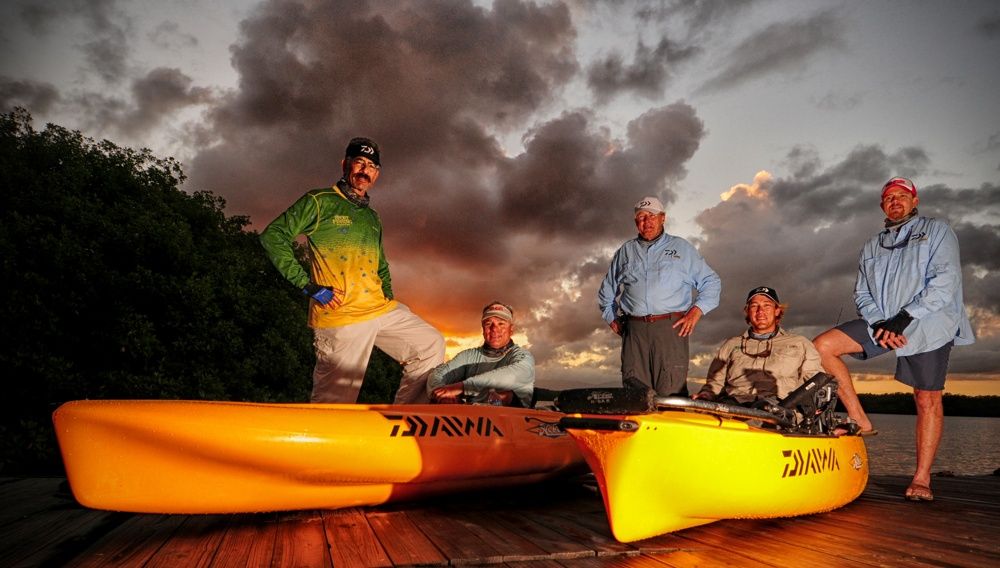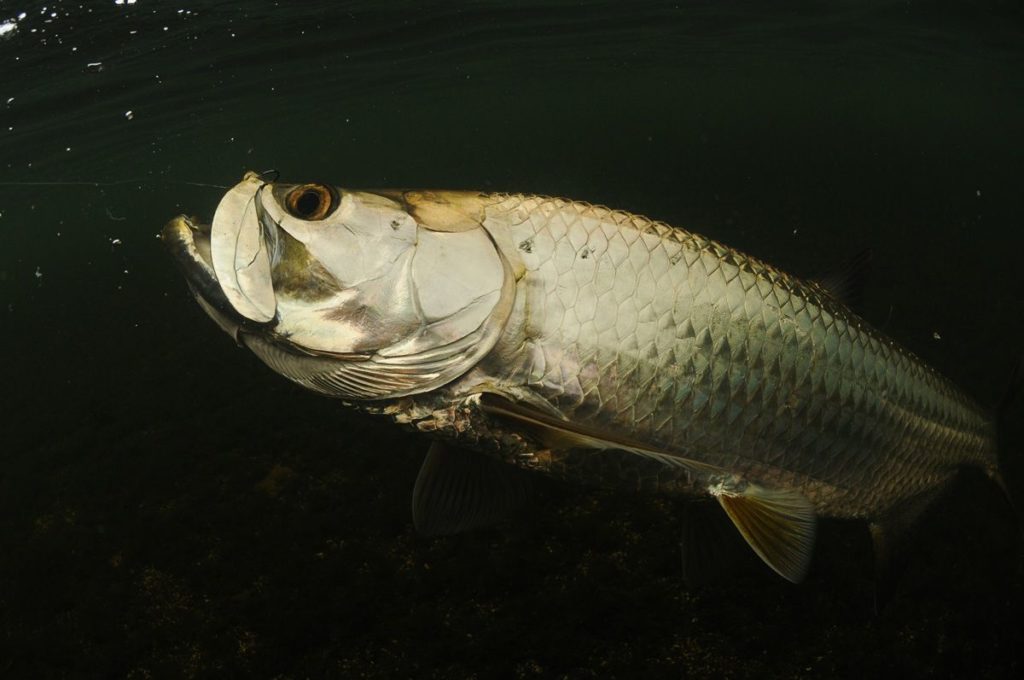
San Juan Silver
Just after cruising past the end of the always busy runway at San Juan’s international airport and passing under a couple of noisy roadways that appear to be on a 24/7 rush-hour schedule, we entered a quiet lagoon completely rimmed with thick mangrove forests. We might have been a million miles from civilization.
The air was still under gray, early-morning skies that threatened rain, the lagoon’s surface a mirror, as Capt. Omar Orraca and one of his skippers helped six anglers get six kayaks out of the two skiffs and into the water. Someone shouted, “Did you see that tarpon that just rolled?” Within a few minutes, we were working at top speed to gear up and get organized, since we realized now that tarpon were rolling up and down the lagoon — some of impressive size.
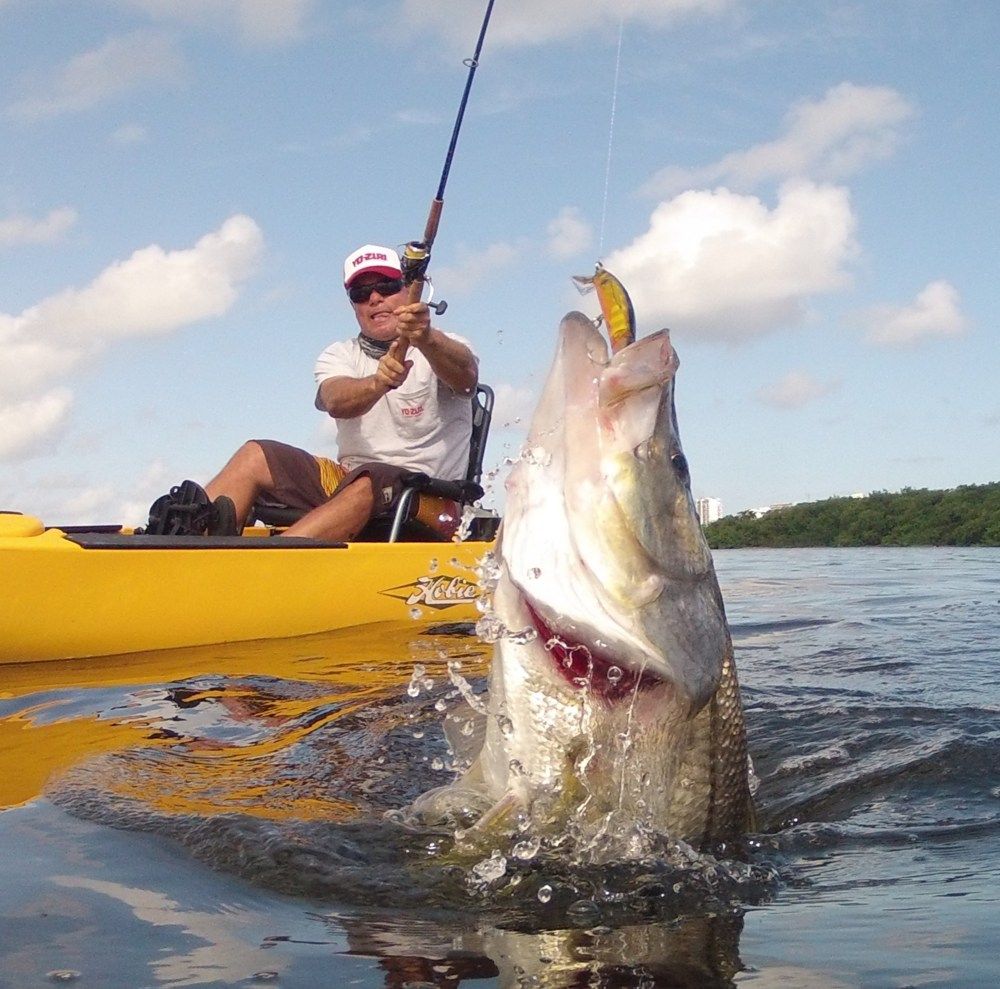
Snook Fishing
That auspicious beginning to our first morning of four days fizzled just a bit when it seemed that the tarpon all had lockjaw. We managed to jump off a couple and hook a small snook in the first hour or so.
But later that day and over successive days, all of us would realize many times over great fishing that Orraca had promised we’d find in these lagoons.
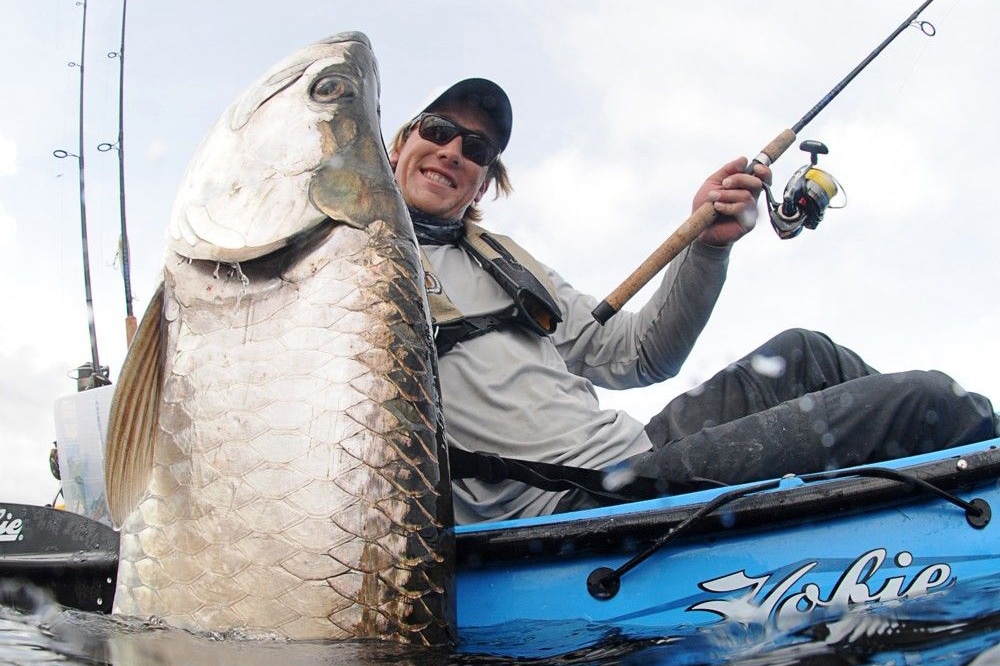
King of Kings
The Kayak Enticement
Earlier that year, Orraca had contacted me. I was aware of the productive tarpon and snook fishing in this network of urban lagoons — Sport Fishing had covered the fishery years earlier. But Orraca was proposing something new: Fishing for them from kayaks.
Being a sucker for pursuing big fish on calm waters from a kayak, I signed on. So a few months later there I was, along with several other enthusiasts, including Morgan Promnitz, the fishing product manager with Hobie Kayaks, who made sure we were set with Hobie Pro Anglers and Outbacks, all outfitted and ready to fish.
Getting there was certainly easy, requiring a flight of just three or four hours from any of several southeastern U.S. airports. Once in the airport, Orraca had a driver meet the kayakeros at the airport and bring them to his very comfortable, new Tarpon’s Nest Lodge, at water’s edge on the northern end of one of the interconnected lagoons, Laguna La Torrecilla.
While one could tarpon fish via kayak starting right there, better spots awaited in lagunas San José and Los Corozos, south and west of the international airport, so we loaded the kayaks onto skiffs for the 15- to 20-minute ride.
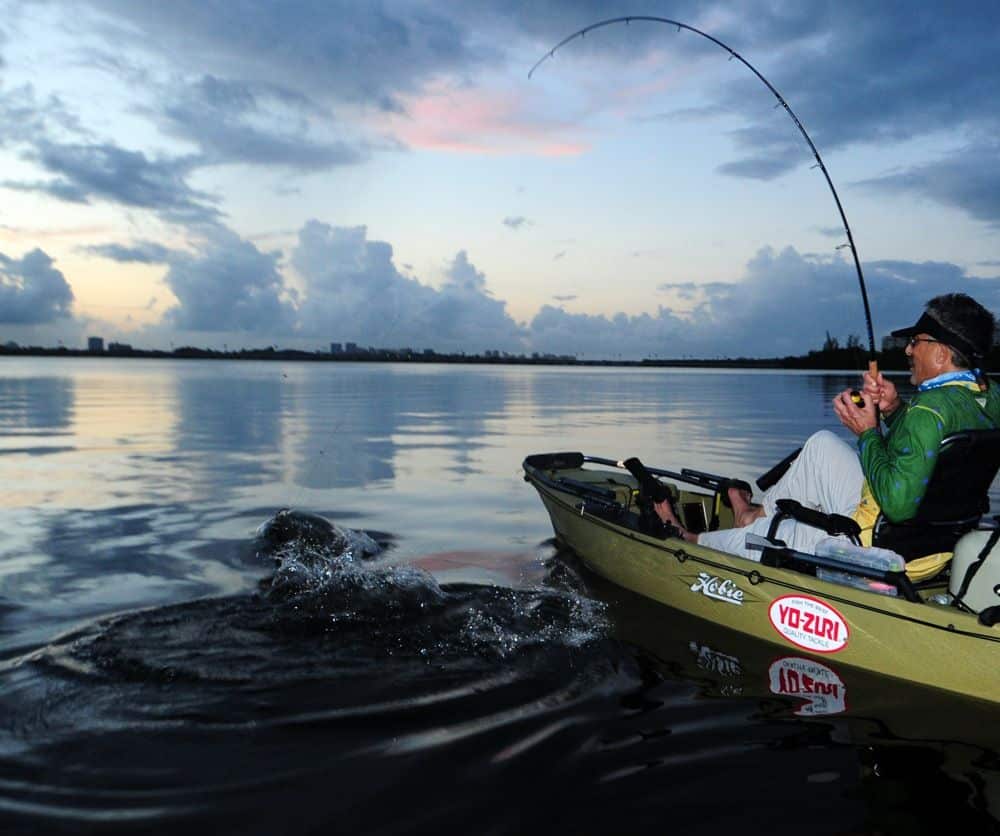
Let me take you for the grand tour of this estuary
Wet and Wild in the Evening
After lunch and siesta at the lodge on our second day, we pedaled away from the skiffs on the eastern side of Laguna San José, and soon we were off in singles and pairs, pedaling to various points around the two lagoons, San José and Los Corozos.
But, as the sun sank toward the western horizon, we all ended up in the same area, one where both tarpon and snook were feeding, in the southeastern corner of San José.
Some were hooking up by throwing lures. (We had plenty of hard baits to throw, since among our ranks was George Large, a kayak enthusiast and the former general manager of Yo-Zuri America.) Still, it had become obvious over the course of the day that, as is often the case, it’s hard to beat live bait. Omar had cast-netted a fair supply of anchovies and some perch (striped mojarra), and my basic MO had become pedaling along very slowly, keeping a livey out the back, while casting a lure forward. That’s one of the beauties of Hobie’s Mirage Drive pedal system, of course; you can keep moving while using both hands to fish.
The part of that evening I remember most vividly came about an hour before dark, when I heard a shout arise off to my right and glanced over to see a large silver shape hurtle skyward just in front of Promnitz’s kayak. He was hooked up and loving it. A few minutes later, the drag on the Daiwa Ballistic spinner behind me started to slowly make itself heard, and I cranked in my lure like crazy. By the time I reach behind me to grab the dancing rod, the drag was really singing after my circle hook found a jaw spot in the tarpon that had picked up my live bait.
Suddenly it was airborne — leaving little doubt that I’d hooked a fish in the three-digit range — not a record, but from a kayak in 3 feet of water, a real rush.
I spent the next hour being towed around or, at times, pedaling to stay close and avoid cutoffs on any debris, or tangling with other kayakers. At one point, Promnitz’s tarpon and mine decide to get cozy, and in the ensuing chaos we should have, by rights, lost both fish but somehow lost neither. Finally, just about at dark, I held the fish boat-side by the leader. Before I could worry about resuscitating the tarpon, it shook its massive head, spraying water on me as it popped the leader and swam off into the night.
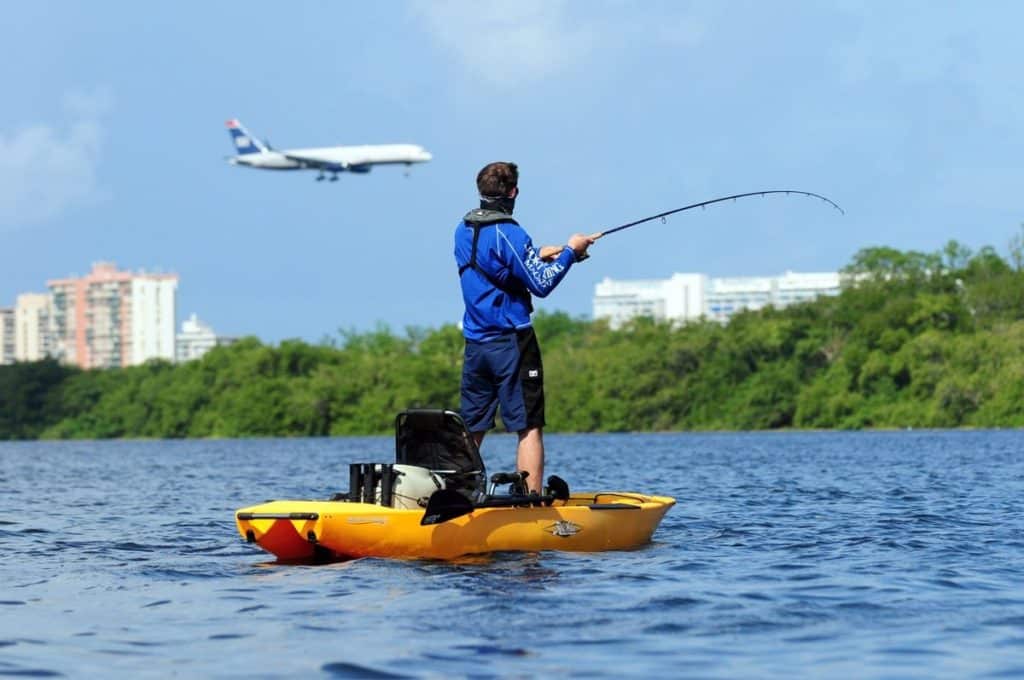
Duck!
Wake-Turbulence Tarpon
There were times when we’d see tarpon savaging baitfish at the surface, under diving birds, a great opportunity when any of us could reach such frenzies in time. Otherwise, though, tarpon could be just about anywhere — often making their presence known by showing themselves at the surface.
Snook seemed most available over shallow humps out in the middle of the lagoons versus hiding in mangrove roots along the shoreline. That meant great opportunities for unobstructed fights with snook on lighter gear. We didn’t see any monster linesides; fish from 5 to perhaps 15 pounds were the norm, but there seemed to be plenty of them.
Quite a few tarpon and snook were caught by those casting or trolling the Yo-Zuri Jointed Crystal Minnows and 3½-inch Sashimi Suspending Jerkbaits that Large had provided for us.
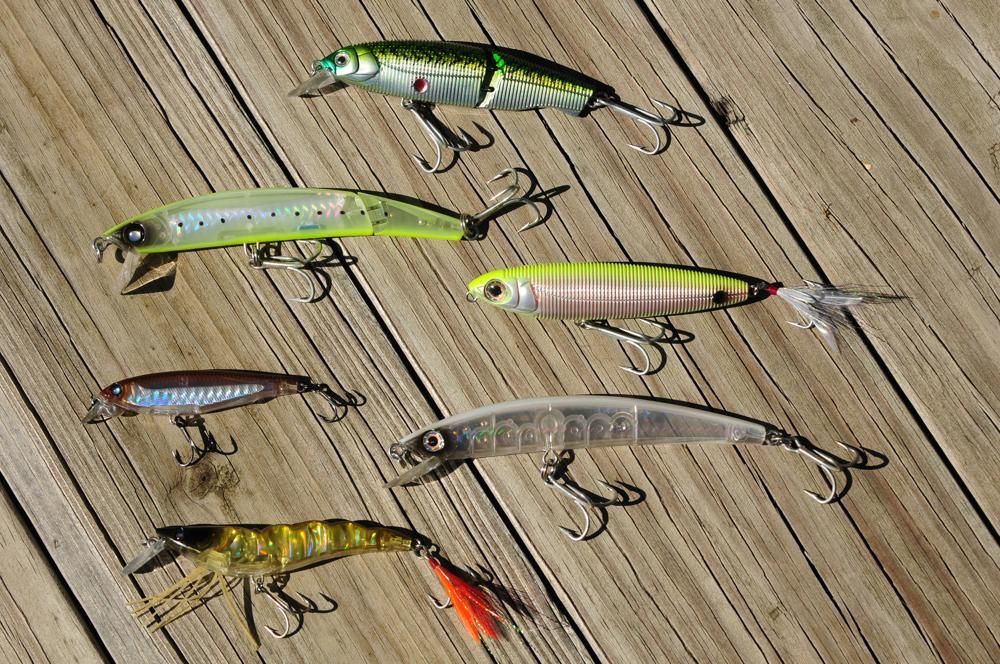
Favorite Tarpon and Snook Lures
Whether fishing baits or popular tarpon lures, we found it tough to predict the size of that next tarpon: It could as well be 150 pounds as 15.
We often fished near an airport’s runway. It’s a unique but seemingly quintessential Puerto Rico experience to be hooked up to a big tarpon and feel like ducking as a huge jetliner passes just overhead. But beyond those occasions, the lagoons themselves were quiet — i.e., we saw (and heard) no jet skiers and very few boats. Basically, we had these waters to ourselves.
We had a bit of rain to contend with at times, but nothing a light rain jacket wouldn’t cope with. Mostly it was warm and dry. We usually fished until early afternoon, returned for lunch and an air-conditioned siesta, and then headed back out late in the afternoon for the productive evening bite.
All in all, Puerto Rico’s urban lagoons proved nearly ideal for kayak anglers who want to tangle with snook and tarpon of all sizes in a unique setting. And at no time was that more true than in the early evenings. That was not only the most productive period to fish, but the perfectly pleasant air temperature, the blinking lights of the city in the background, and the reddish glow gradually spreading across the western sky all conspired to create a happy hunting grounds for kayak enthusiasts prospecting for San Juan silver.
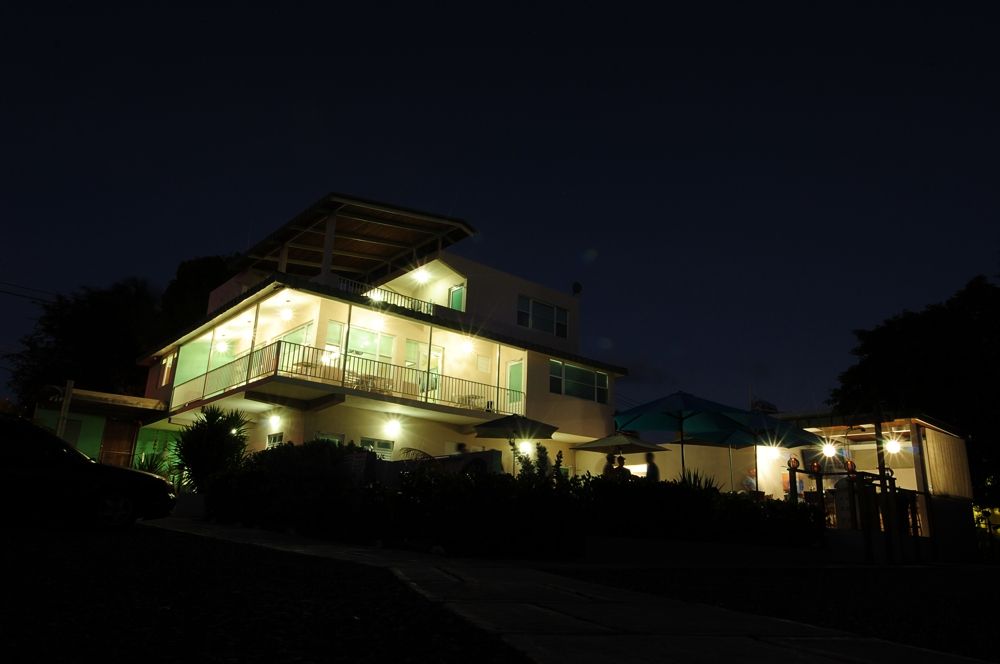
Nice place to come home to after a hard day of kayak fishing
Planning a Kayak-Fishing Trip in Puerto Rico
To make arrangements for kayak fishing and accommodations, contact Capt. Omar Orraca. Currently Orraca will take out one angler ($600) or two anglers ($750) for a three-quarters day of kayak fishing; prices include use of kayaks and services of a “mother skiff” and skipper as well as all tackle, bait, waters and sodas. Orraca has a Hobie Pro Angler 12 and a Hobie Outback, and plans to add to his fleet two Cuda 12 models from Jackson Kayaks in November.
Orraca provides tackle, though many anglers enjoy using their own. We brought both spinning and light conventional Daiwa tackle — 10- to 15-pound braid for snook and smaller tarpon, and 20-pound for the trophy-size silver kings. Certainly don’t forget your favorite lures and/or flies, a good pair of pliers, and a Boga-Grip or other lip gripper substantial enough to hold a serious tarpon.
When I travel to kayak fish, I usually bring some electronic insurance with me, including a hand-held VHF radio and an ACR ResQLink emergency locator beacon. Also I’ve found that the Navionics app for my iPhone often comes in handy on trips like these. Obviously you’ll want a camera — and for both stills and videos (especially of your trophy catch when no one else is nearby or available), a GoPro or the equivalent will prove most useful.
We liked the Tarpon’s Nest lodge for its laid-back atmosphere; it was cool, clean and comfortable, and offered the convenience of being right there, ready to hop on the skiffs with kayaks and head out.
You can yak-fish this estuary year-round, though fall and spring offer the best odds for most shots.
San Juan is served by many major airlines and offers a great many flights from U.S. cities. There is much to see and do here, if you have the time. Search “San Juan” on tripadvisor.com or wikitravel.org for a wealth of information.
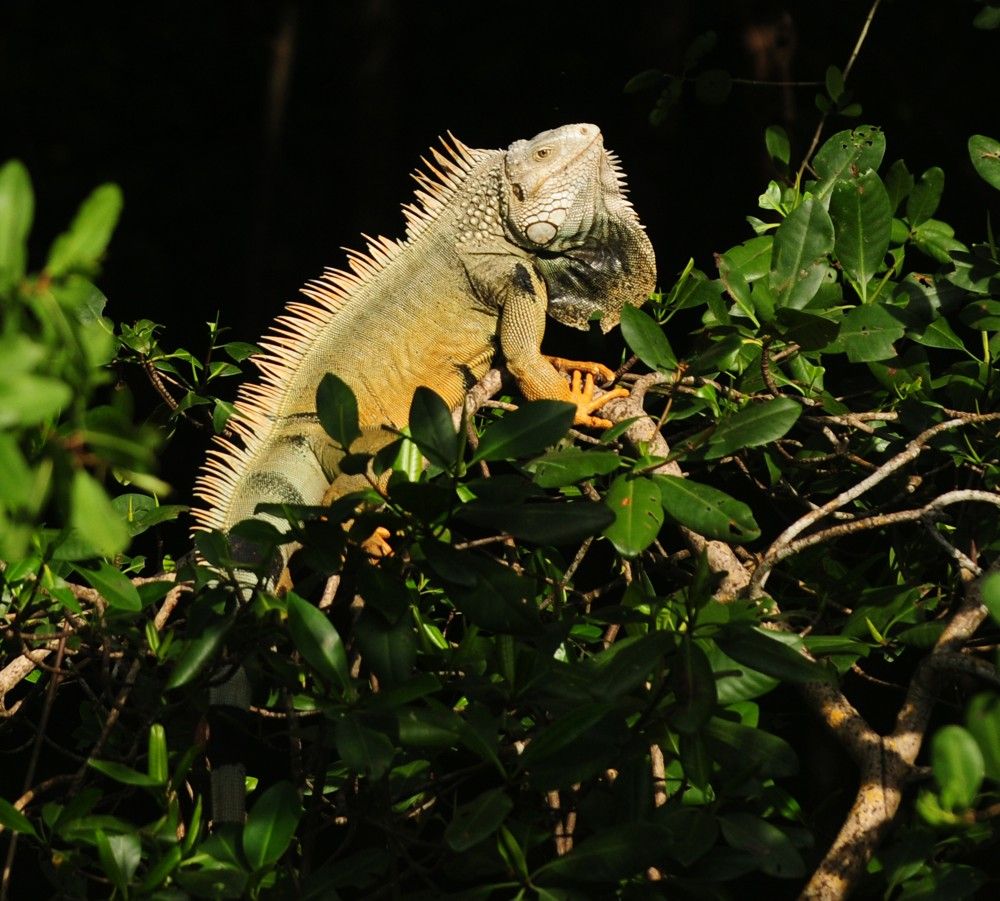
Iguana Lookout
Grass-Roots Pollution Solution
The only discordant note in a fantastic trip involved seeing trash — lots of it — back in the mangroves and some shorelines. The good news is that since then, hundreds of volunteers have joined organizer Israel Umpierre in two mega limpiezas — massive cleanup efforts. The first was held March 16 and the second Oct. 26 of this year, both resulting in many tons of trash being hauled away from the lagoons. Umpierre expects these cleanups, co-sponsored by the Guy Harvey Ocean Foundation, to continue. An enthusiastic angler, he wants Puerto Rico to be recognized as one of the world’s top destinations.
